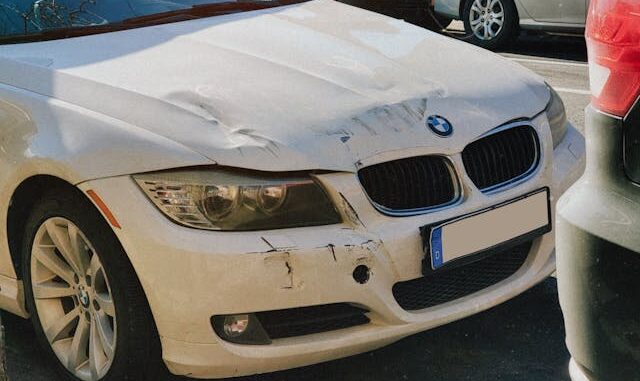
Multi-vehicle accidents, often called pileups or chain-reaction crashes, are a significant concern on Ontario’s busy roadways. These complex collisions can lead to severe injuries, extensive property damage, and complicated legal situations.
What Causes Chain Reaction Accidents?
Chain reaction crashes typically occur due to a combination of factors:
- Tailgating: Following too closely is a major contributor. When drivers don’t leave enough space between vehicles, they have less time to react and stop if the vehicle in front brakes suddenly.
- Distracted Driving: Drivers using cell phones, eating, or engaging in other distractions are less likely to notice traffic slowing down or stopping ahead.
- Poor Weather Conditions: Slippery roads, reduced visibility due to rain or snow, and strong winds can make it harder for drivers to control their vehicles and increase the risk of collisions.
- Speeding: Excessive speed reduces a driver’s reaction time and increases the distance required to stop.
- Impaired Driving: Drivers under the influence of alcohol or drugs have impaired judgment and reflexes, making accidents more likely.
Determining Liability in Chain Reaction Accidents
Assigning fault in multi-vehicle accidents can be complex. Ontario follows a “fault determination” system, where the insurance company of the at-fault driver is responsible for covering damages. However, in chain reactions, multiple drivers can share some degree of fault. Here’s how liability is usually determined:
- Rear-End Collisions: The general rule is that the driver who rear-ends another vehicle is at fault. They are expected to maintain a safe following distance.
- Chain Reactions: If a series of rear-end collisions occurs, the initial driver who caused the first impact is typically considered the primary at-fault driver. However, other drivers involved may also share some liability if they were following too closely or driving recklessly.
Example:
Driver A rear-ends Driver B, pushing B’s vehicle into Driver C’s. In this case, Driver A is likely primarily responsible.
Ontario’s “Fault Determination Rules”
Ontario’s Insurance Act outlines specific fault determination rules for various accident scenarios, including multi-vehicle collisions. These rules help insurance companies assess liability and determine compensation for victims.
Legal Considerations and Compensation
If you’re involved in a multi-vehicle accident in Ontario, seeking legal advice from a personal injury lawyer is crucial. They can help you understand your rights, gather evidence, and negotiate with insurance companies to ensure you receive fair compensation for:
- Medical Expenses: Hospital bills, rehabilitation costs, and ongoing medical treatments.
- Lost Wages: Income lost due to injuries preventing you from working.
- Pain and Suffering: Compensation for the physical and emotional pain caused by the accident.
- Property Damage: Repair or replacement costs for your vehicle.
Safety Tips to Prevent Chain Reaction Accidents
- Maintain a Safe Following Distance: The “two-second rule” is a good guideline. In adverse weather, increase this distance.
- Avoid Distracted Driving: Put away your phone and focus on the road.
- Adjust Driving to Conditions: Slow down and increase following distance in poor weather.
- Don’t Speed: Obey posted speed limits and adjust your speed to road and traffic conditions.
- Never Drive Impaired: If you’ve been drinking or using drugs, find a safe ride home.
Chain reaction crashes can be devastating. By understanding the causes, liability, and legal implications of these accidents, Ontario drivers can make informed decisions and take steps to protect themselves on the road.
